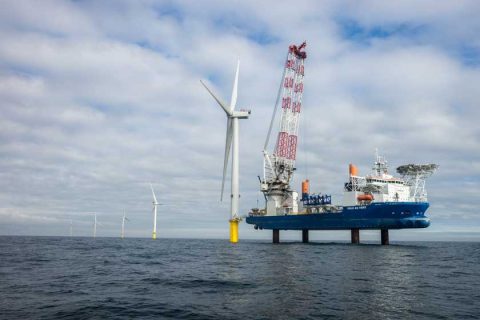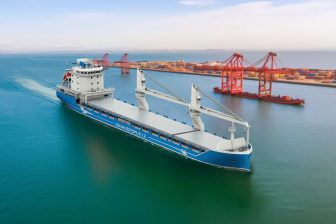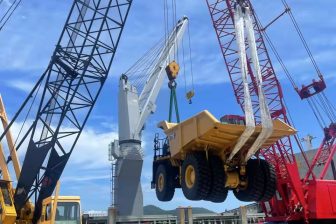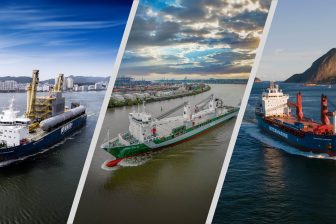
Jan de Nul books lower profits at stable income
Despite persistent challenging market conditions, Belgian offshore contractor Jan de Nul’s finances and balance sheet prove well in order even though profits decreased in 2018. The company booked a stable income thanks to the growing renewables market.
“It was no real surprise that, as in 2017, the market conditions remained quite challenging in 2018. For several years in a row, our international dredging activities have been faced with a tight market due to a lack of both public and private investments. Furthermore, the offshore industry and the oil and gas market, in particular, showed little recovery. However, in the past few years, Jan De Nul Group has a strong focus on offshore renewables, resulting in increased activities in this domain, both within and outside Europe,” the company states in its annual report.
As a result, Jan de Nul’s income remained stable last year at 1.7 billion euro. Operational profit (ebitda), however, was down from 365 million euro in 2017 to 277 million last year. Net profit also decreased from 70 million to 31 million euro, down more than 50%.
Despite the significantly lower profits, Jan de Nul has a strong balance sheet. The company is net debt-free for the fifth year in a row and has an exceptionally high solvency ratio of 73%, with capital and reserves of over 2.8 billion euro. Additionally, the group also has a strong liquidity position with a cash surplus of 376 million euro.
Offshore wind investments
The Belgian offshore construction company says it has a lot of confidence in the offshore wind market and is investing in it as well. “In July 2018, we purchased the offshore jack-up installation vessel Taillevent, which immediately enabled us to offer increased capacity to our offshore wind customers,” the company states. Earlier this year Jan de Nul also ordered the Voltaire, which it calls “the next-generation wind installation vessel.”
The Voltaire will have an “unrivalled” lift capacity of up to 3,000 tonnes and will be able to install wind turbines with heights up to 270 metres. With the new vessel, Jan de Nul is preparing its fleet for the future as offshore wind turbines are getting bigger and bigger. The ship is expected to join the fleet early 2022.
Together with newbuildings for the dredging business, Jan de Nul’s fleet investments have a total value of 400 million euro.
For 2019 the company expects there to be “a continued volatile market”. Nevertheless, Jan de Nul’s order book was looking strong with at the end of 2018 with orders totalling a value of 3.3 billion euro, up 27% compared to the end of 2017.
You just read one of our premium articles free of charge
Register now to keep reading premium articles.




